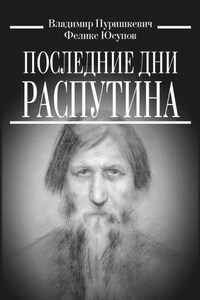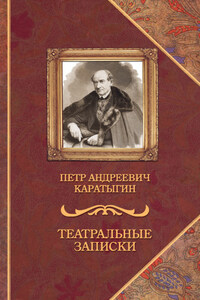This book began with a story. Some time ago, I took my eighteen-year-old daughter and a young Australian friend to visit Blenheim Palace in Oxfordshire, in order that the young Australian could have a glimpse of English âheritageâ before she went home. The guides at Blenheim Palace are free to talk about its history as they please, but there is one tale which engages visitors powerfully â the story of Consuelo Vanderbilt, an American heiress said to have been compelled by her socially ambitious mother to marry the 9th Duke of Marlborough in 1895, bringing a generous Vanderbilt dowry to an English palace sorely in need. Anyone wandering through the state rooms of Blenheim soon encounters two very different portraits of Consuelo. The first, by Carolus-Duran, was painted when she was seventeen against a classical English landscape and suggests an enigmatic but dynamic young woman, as yet little more than a girl. The second portrait, far more uneasy and much more famous, was painted eleven years later by John Singer Sargent. Here, Consuelo and the 9th Duke have been placed in their historical context beneath a bust of John Churchill, 1st Duke of Marlborough, but at a distance from each other. Each inhabits a markedly private space linked only by their eldest son. Neither looks happy; but while the Duke gazes steadily outwards, Sargent has painted Consuelo glancing anxiously to one side with a striking air of melancholy.
It soon became apparent that our guide had little time for the 9th Duke. âThis is Sunny,â she said, gesturing at the Sargent portrait. âSunny by name but most certainly not Sunny by nature.â She glared severely at my daughter. âConsuelo was your age when she came to Blenheim. Youâre probably still at school. But she got out in the end. Thank Heavens.â
Afterwards, the young Australian professed to be enthralled by English heritage, so we moved on to the nearby church of St Martin in Bladon, where Winston Churchill is buried in the churchyard with other members of the Spencer-Churchill family. Since his death, relatives buried alongside him have thoughtfully been redefined so that visitors can understand the relationship with Churchill at a glance. In one grave in the corner of the plot, however, an inscription reads: âConsuelo Vanderbilt wife of the ninth Duke.â On the other side, her headstone is inscribed: âIn loving memory of Consuelo Vanderbilt Balsan â mother of the tenth Duke of Marlborough â born 2nd March 1877 â died 6th December 1964.â
This was startling. Consuelo had clearly remarried. So why had she come back? Surely no-one had compelled her to burial in a Bladon churchyard, even if she had been forced to Blenheim Palace in life? This puzzle was soon replaced by another. Limited research revealed that there were writers who rejected the allegation that Consuelo had been forced to marry the Duke and there were those, even in her lifetime, who asserted the story was a flat lie. This was followed by a further conundrum. It emerged that Consueloâs mother, Alva, villainess-in-chief, eventually became a leader in the fight for womenâs suffrage in America. How could anyone square even rudimentary feminism with ordering her daughter to marry a duke? One writer suggested she might have undergone a conversion to suffragism as an act of penance, but even on superficial acquaintance, Alva Belmont (as she later became) did not seem the penitential type.
It soon became clear that an account of what had happened and why would have to explore Alvaâs life as well as Consueloâs but there were further complications. The story of Consueloâs first marriage had inspired others, notably Edith Whartonâs last (unfinished) novel, The Buccaneers. There were obstacles in the way of non-fiction, however. Consuelo and Alva left few private papers, and surviving sources were far from impartial. Both made attempts at autobiography. Consueloâs memoir The Glitter and the Gold was published in 1952. Alva started her memoirs twice, once in 1917 and again after 1928, but neither version was completed. At the same time, the lives of both women were frequently the subject of comment in the press. Alva in particular encouraged this and intermittently attempted to influence and re-edit press narratives, including those relating to Consuelo. Mother and daughter spent a considerable part of their later lives thousands of miles apart, separated by the Atlantic, and both eventually preferred to be defined by events and activities beyond Consueloâs life as Duchess of Marlborough. In spite of these difficulties, however, their lives prove more illuminating side-by-side than taken singly. They continued to influence each other; their interests and tastes eventually converged; and they found themselves defined and bound together for ever by the story of Consueloâs first marriage.








